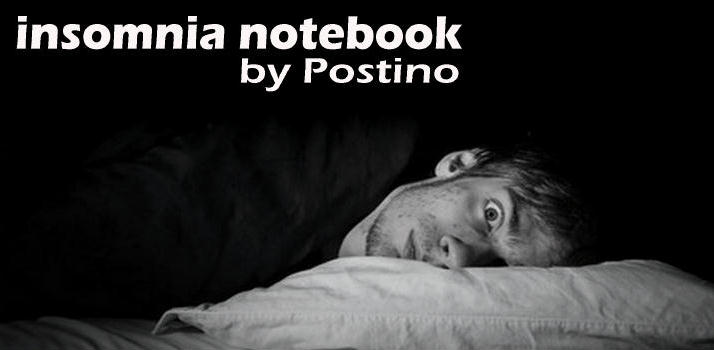I turned 72 this year. After congratulating myself for
making it this far, I did what I usually do, and that is worry about how much
longer I have to live.
I take a statin drug for cholesterol, and I take a drug for
my blood pressure. They both appear to be working, at least according to the
blood tests I take every year. I have become dependent on those prescriptions
for a sense of well being. But I recently read an article that spoke of statin
drugs this way: if you don’t get a heart attack or a stroke how do you know if it’s because of the statin drugs you took, or you were never
going to get a heart attack or stroke anyway?
There is no way to know that, so you either have to assume
the drugs worked, or you are one of those people who live a longer life that
others. Either way it leaves a puzzle in your mind.
I have cats. We had four cats, and then the four got
whittled down to two when both died of old age. I thought in that case there is
an advantage to being a cat. All cats do two things: sleep and eat. When our
cats are awake they listen to every little sound hoping I will put their dish
full of food on the floor. When they finish eating they go somewhere to sleep.
Except for instinct, cats don't think about the past or the future.They don't think to themselves, “Yeah, there's food here today, but what about tomorrow? What if my owner has a heart attack or stroke and I don't get fed?” They are incapable of thinking that way because they don't have the type of brains that conjure up those types of thoughts. As my wife and I have discussed, cats just live in the right now. They don't think about their past, and they don't think about a future. Why worry? I envy that, but as a human being if I thought like that I would be very low on the art of thinking, or scaring myself, if need be, to eat healthier or take statin and blood pressure drugs. There is a price for being at the top of the intellectual food chain. We are aware of our mortality.
Having said that I need to make some preparations for my eventual demise. Writing a will is a must, I think. Why haven't I done it yet? I think it is my ability to procrastinate the necessary in favor of the unnecessary. After all, there is a new series on Netflix I'd like to watch, and I would prefer that to thinking about what happens after I die.
I heard that married people live longer. I'm married for 50 years and is it because I'm married that I am living longer, or is it that it just seems longer? That's an old joke, probably older than me.
My wife was in an accident earlier this year that totaled her car and caused her some injuries from which she is still healing. It was such a bad accident that an elderly woman in the car that hit her died from injuries. Not only am I grateful my wife is still alive, but the accident has reminded me to be more careful driving. I am not scared to drive, but it makes me pay more attention when on the road. And if I get killed in a car wreck then someone might think, gee, maybe he didn't need to take those statins or blood pressure meds after all.
Not me, but after an entire lifetime I wish I'd kept up with the accordion lessons of my youth.
Not me, but after an entire lifetime I wish I'd kept up with the accordion lessons of my youth.
























